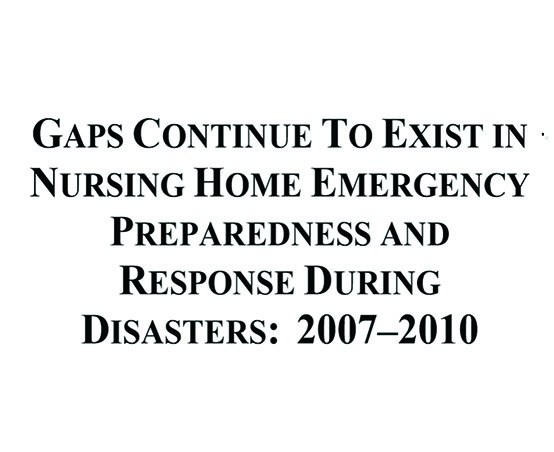So as I sit in my office and ponder what to write about today, I realize I’ve had several subtle hints about emergency plans. First, I got a very clever note and a bag of candy corn from our computer network management company reminding me to have an emergency plan for my network. And with Hurricane Patricia out there as I write, threatening to be the “most dangerous storm in history,” coupled with our own drenching nor’easter and brush with Hurricane Joaquin here in Virginia several weeks ago, I think I will take the hint.
There was much attention paid to emergency plans in light of Hurricane Katrina in 2005 as we learned how much we really were lacking. As a nation, we learned we were woefully unprepared for disasters such as Katrina. It made all of us fully recognize that our emergency plans (or lack thereof) were really not comprehensive enough to cover many of the issues that result from a natural or manmade disaster, such as a hurricane. In the aftermath, many national, local, and independent health care organizations and facilities created new plans or overhauled their outdated, insufficient ones. It’s been 10 years since Katrina. But with all the competing pressures, it’s easy to do only the minimum required review. Have you thoroughly reviewed your emergency plan recently?
A study conducted by the OIG in 2006 on nursing home emergency preparedness and response during hurricanes found that 94% of nursing homes met federal standards for emergency plans, and 80% had sufficient training (including those in the Gulf states). In spite of this, many facilities experienced significant problems due to lack of effective plans, failure to properly execute those plans, or lack of supplies and provisions required to carry out their plans.
A more recent study, released by the OIG in April 2012 as a follow-up to the 2006 study, surveyed nursing homes that had experienced natural disasters in 2007-2010. Again, most homes met federal requirements in that they had an emergency plan in place, but the study also found many of the same gaps in preparation and response.
Fortunately, there are resources out there for creating or updating a nursing home or assisted living emergency plan. The Centers for Medicare and Medicaid Services is probably the best place to start, followed by state and local health departments and organizations. See the samples below.
- CMS – Emergency Preparedness Checklist (updated December 2013)
- Vermont Agency of Human Services – Emergency Preparedness Planning for Nursing Homes and Residential Care Settings in Vermont
- Long Term Care Emergency Operations Planning Toolkit for Colorado Nursing Homes and Assisted Living Facilities
So as a reminder, while most of us appear to have made it through Hurricane Patricia and another hurricane season relatively unscathed, the recent flooding disasters in the Southeast U.S., and the Texas aftermath of Patricia, remind us that you never know when disaster will strike. So review those emergency plans, obtain needed emergency supplies, and make sure your staff and colleagues know what to do.

